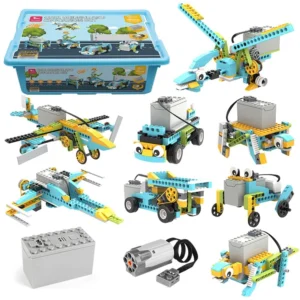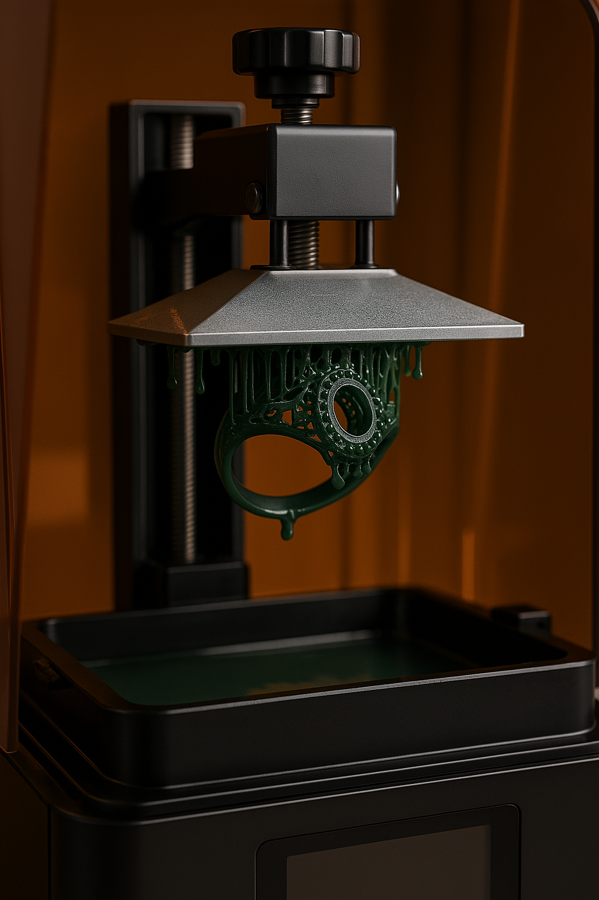Total: £39.95

Selecting the right filament for your Fused Deposition Modelling (FDM) 3D printer is a critical decision that influences print quality, durability, and overall project success. This article outlines the various filament types available, key factors to consider when making a selection, and practical tips to optimize filament usage. Each section is designed to provide in-depth information to help both beginners and experienced users make informed decisions.
- Introduction
FDM 3D printing has become a cornerstone technology for rapid prototyping and small-scale manufacturing. The quality of prints depends heavily on the choice of filament, which serves as the building material for your prints. Understanding the characteristics of each filament type, alongside the requirements of your specific application, is essential for achieving optimal results. This article aims to guide you through the selection process by explaining the different types of filaments, discussing key factors such as application requirements, printer compatibility, and environmental considerations, and offering practical tips for handling and storing filament.
-
Understanding Filament Types
In this section, we delve into the most common types of filaments used in FDM printing. Each type has distinct properties that make it suitable for different applications.
2.1 PLA (Polylactic Acid)
- Overview: PLA is a biodegradable and user-friendly filament, ideal for beginners.
- Properties: It has low warping tendencies, a low printing temperature, and is environmentally friendly.
- Applications: Best suited for decorative items, prototypes, and models where high heat resistance is not required.
2.2 ABS (Acrylonitrile Butadiene Styrene)
- Overview: ABS is a strong and durable filament used widely in industrial applications.
- Properties: It offers high impact resistance and toughness but requires a heated bed and often an enclosed build chamber to minimize warping.
- Applications: Suitable for functional parts, automotive components, and prototypes that require greater durability.
2.3 PETG (Polyethylene Terephthalate Glycol)
- Overview: PETG combines the ease of printing of PLA with the strength and durability of ABS.
- Properties: It is less prone to warping, offers good chemical resistance, and maintains clarity if desired.
- Applications: Often used for parts that require both strength and a bit of flexibility, such as protective cases and mechanical components.
2.4 Nylon
- Overview: Nylon is known for its high strength, flexibility, and durability.
- Properties: It can withstand significant wear and tear, though it is more challenging to print due to moisture sensitivity and higher required temperatures.
- Applications: Ideal for mechanical parts, gears, and tools that are subjected to repeated stress.
2.5 TPU (Thermoplastic Polyurethane)
- Overview: TPU is a flexible filament, distinct from the rigid nature of most other materials.
- Properties: It offers excellent elasticity and resistance to impact, making it suitable for parts that need to bend or flex.
- Applications: Commonly used for printing phone cases, seals, gaskets, and other components that require flexibility.
-
Key Factors to Consider
Choosing the right filament is not solely about understanding material properties; several other factors must be taken into account to ensure the best possible outcome for your 3D printing project.
3.1 Application Requirements
- Purpose: Define the primary function of your printed object.
- Strength and Durability: Select materials like ABS or Nylon for parts requiring high durability.
- Aesthetics: For decorative items or prototypes, PLA may suffice.
3.2 Printer Compatibility
- Hardware Limitations: Confirm that your printer can handle the material’s required temperature range and that it is equipped with features like a heated bed or enclosed build chamber if needed.
- Software Settings: Verify that your slicing software supports the filament type, and adjust print settings accordingly.
3.3 Environmental Conditions
- Operating Environment: Consider where the final product will be used. For example, PLA might not be suitable for high-temperature applications or outdoor use, whereas ABS and PETG are more resilient.
- Exposure to Elements: Materials like PETG and Nylon are more resistant to moisture and UV light compared to PLA.
3.4 Print Settings
- Temperature: Each filament requires a specific nozzle and bed temperature range for optimal printing.
- Speed and Cooling: Adjust print speeds and cooling fans based on the filament’s characteristics to avoid issues like warping or stringing.
- Layer Adhesion: Consider the layer adhesion properties of the material to ensure structural integrity.
3.5 Cost and Availability
- Budget: Filament prices vary by material and brand.
- Quality: Investing in high-quality filament can lead to better print consistency and fewer failures.
- Local Supply: Consider the availability of the filament in your region to avoid supply issues.
-
Practical Tips for Filament Use
In addition to selecting the right filament, proper handling and maintenance are crucial for achieving optimal print quality.
4.1 Storage
- Moisture Control: Use airtight containers with desiccants to store filament, especially moisture-sensitive types like Nylon and TPU.
- Temperature Regulation: Store filament in a cool, dry place away from direct sunlight to prevent degradation.
4.2 Calibration
- Regular Calibration: When switching between filament types, recalibrate your printer to adjust temperature, retraction, and speed settings.
- Test Prints: Run small test prints when using new filament to fine-tune settings before committing to a larger project.
4.3 Experimentation
- Brand Comparison: Don’t hesitate to try different brands and types to see which performs best with your printer.
- Parameter Adjustments: Experiment with various settings to optimize print quality, and document your findings for future reference.
-
Conclusion
Choosing the right filament for your FDM 3D printer is a multifaceted decision that can significantly impact the quality, strength, and appearance of your printed objects. By understanding the unique properties of different filament types and considering key factors such as application requirements, printer compatibility, environmental conditions, and cost, you can make an informed decision that best suits your project needs. Additionally, following best practices for storage, calibration, and experimentation will further enhance your printing experience. Ultimately, the careful selection and proper use of filament are essential steps towards achieving durable, precise, and aesthetically pleasing 3D printed parts.





1 Comment
Hi, this is a comment.
To get started with moderating, editing, and deleting comments, please visit the Comments screen in the dashboard.
Commenter avatars come from Gravatar.